Glehnia littoralis
Glehnia littoralis
1. The products in our compound library are selected from thousands of unique natural products; 2. It has the characteristics of diverse structure, diverse sources and wide coverage of activities; 3. Provide information on the activity of products from major journals, patents and research reports around the world, providing theoretical direction and research basis for further research and screening; 4. Free combination according to the type, source, target and disease of natural product; 5. The compound powder is placed in a covered tube and then discharged into a 10 x 10 cryostat; 6. Transport in ice pack or dry ice pack. Please store it at -20 °C as soon as possible after receiving the product, and use it as soon as possible after opening.
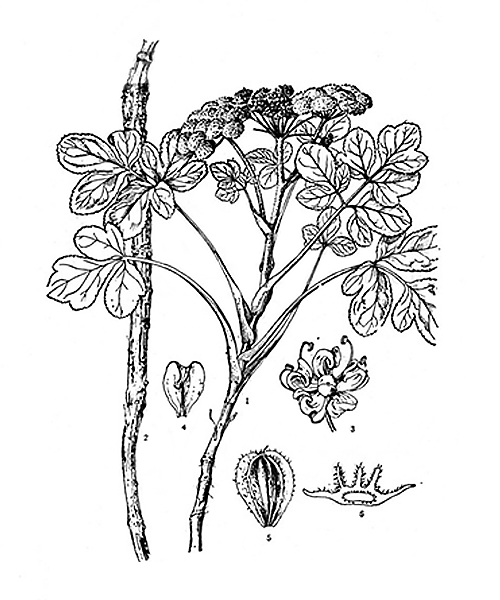
Natural products/compounds from Glehnia littoralis
- Cat.No. Product Name CAS Number COA
-
BCN8288
S-(+)-Marmesin13849-08-6
Instructions

-
BCN2731
Cnidilin14348-22-2
Instructions

-
BCN4881
Xanthotoxol2009-24-7
Instructions
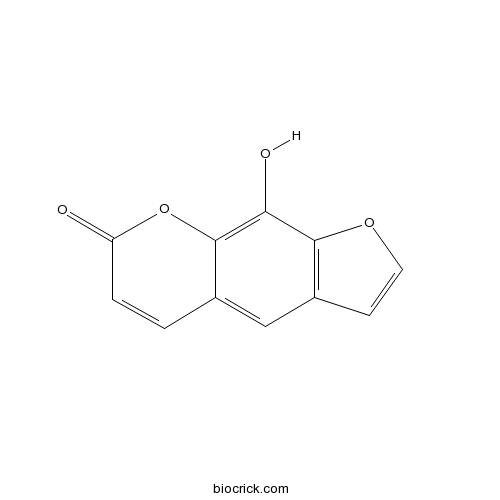
-
BCN5065
Falcarindiol225110-25-8
Instructions

-
BCN5205
Xanthotoxin298-81-7
Instructions
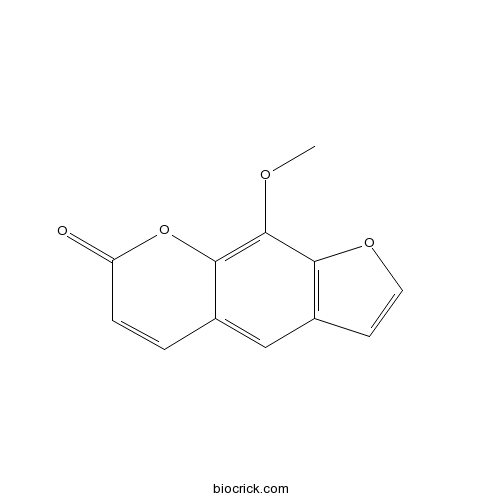
-
BCN5906
Chlorogenic acid327-97-9
Instructions
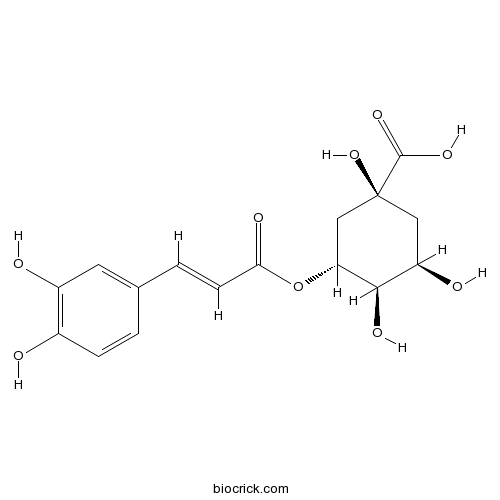
-
BCN5569
Isoquercitrin482-35-9
Instructions
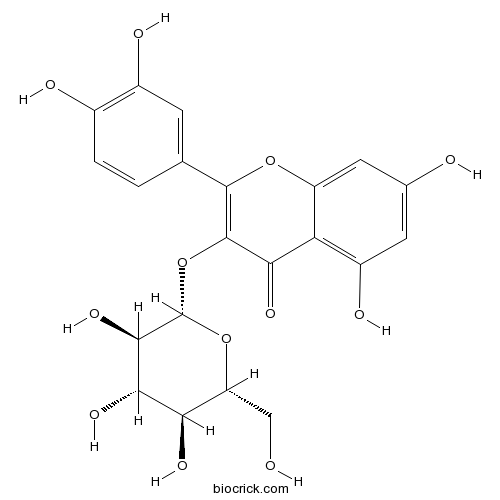
-
BCN5574
Imperatorin482-44-0
Instructions
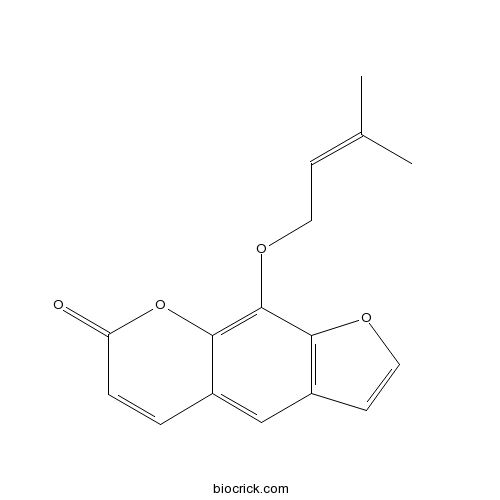
-
BCN5897
Isoimperatorin482-45-1
Instructions
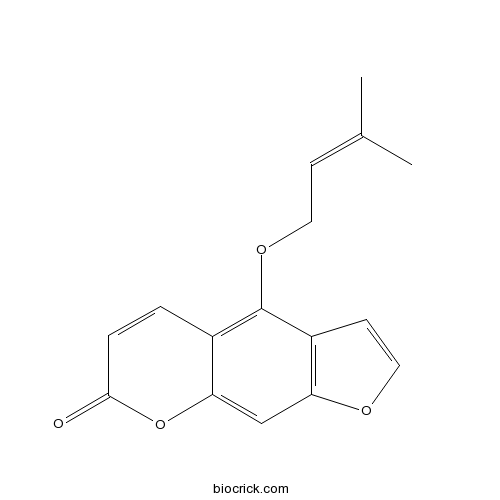
-
BCN5582
Bergapten484-20-8
Instructions
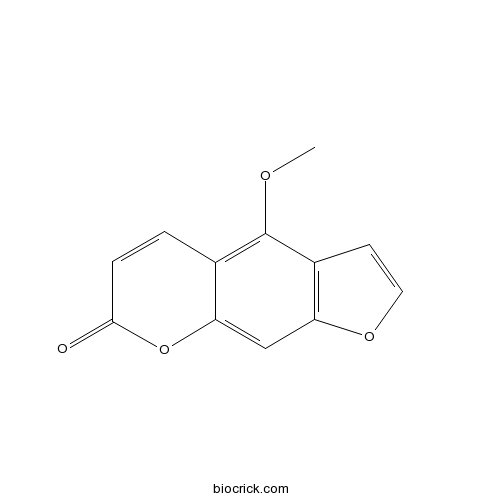
-
BCN4219
Psoralen66-97-7
Instructions

-
BCC4109
Salicylic acid69-72-7
Instructions

-
BCN1233
Sec-O-Glucosylhamaudol80681-44-3
Instructions

-
BCN4470
Scopoletin92-61-5
Instructions

-
BCN4479
Skimmin93-39-0
Instructions

Oviposition inhibitor in umbelliferous medicinal plants for the common yellow swallowtail (Papilio machaon).[Pubmed: 28884433]
Umbelliferous medicinal plants, such as Angelica acutiloba Kitagawa and Angelica dahurica Bentham et Hooker filius ex Franchet et Savatier, account for a large percentage of crude drug consumption in Japan. The most serious problem in the cultivation of umbelliferous medicinal plants is the feeding damage caused by the common yellow swallowtail (Papilio machaon hippocrates C. & R. Felder, 1864). When we compared the numbers of eggs laid by P. machaon on six umbelliferous medicinal plants, the eggs on A. acutiloba, A. dahurica, and Glehnia littoralis Fr. Schmidt ex Miquel were the most numerous, those on Saposhnikovia divaricata Schischkin and Cnidium officinale Makino were rare, and Bupleurum falcatum Linné was not oviposited at all. To identify oviposition inhibitors for P. machaon in B. falcatum, S. divaricata, and C. officinale, the volatile chemical constituents of these umbelliferous medicinal plants were compared with GC-MS. We carried out multivariate analysis of gas chromatographic data and concluded that germacrene D, α-humulene, and trans-caryophyllene play important roles in protecting plants from oviposition by P. machaon. Their oviposition repellent activity was confirmed by the fact that the number of eggs laid on the leaves around a repellent device containing a mixture of germacrene D, α-humulene, and trans-caryophyllene was reduced by 40% compared to a control.
Anticancer activity of polysaccharide from Glehnia littoralis on human lung cancer cell line A549.[Pubmed: 28797819]
The purpose of this study was to investigate the anticancer activity of polysaccharide (PGL) from Glehnia littoralis on human lung cancer cell line A549. Based on MTT assay, the results suggested that PGL could significantly reduce A549 cells proliferation in a time- and dose-dependent manner. In addition, PGL displayed an inhibitory activity for the A549 cells migration in Transwell migration assay. The results from both flow cytometry analysis and Hochst 3342 staining of apoptotic cells indicated that PGL could promote apoptosis, and induce cycle arrest of A549 cells. Moreover, immunofluorescence assay elucidated PGL could also down-regulate expression of proliferating cell nuclear antigen (PCNA). Overall, these results showed that PGL exerts a strong anticancer action through inhibiting the A549 cells migration, proliferation and inducing cell apoptosis. It could be a new source of natural anticancer agent against lung cancer with potential value in supplements and medicine.
Natural persistence of the coastal plant Glehnia littoralis along temperate sandy coasts.[Pubmed: 28211487]
We studied germination behaviors and persistence mechanism of wild Glehnia littoralis, a typical coastal species at temperate sandy coasts of the North Pacific Ocean, and tested the hypothesis that the coastal plants may have evolved special seeds adapting to the coasts, by which they recruit and persist easily, occupying the coasts as ideal habitats. In the Shandong Peninsula, China, we investigated temperature and moisture conditions of coast sand in relation to germination and evaluated effects of sand burial, seawater immersion and sowing time on germination. When germination began, daily dawn temperatures of sand were about 10 °C and daily noon temperatures were about 25 °C; the temperatures were not different in the sand <8 cm deep. The sand at these depths showed a significant difference in moisture contents. The seeds exhibited large germination rates if sand burial was at depths >= 3 cm and winter freezing was kept longer than 2.5 months. Seeds experiencing seawater immersion were able to germinate well. These evidences suggest that G. littoralis has evolved special seeds adapting to seawater dispersal and specific season rhythm. By the seeds, G. littoralis occupies temperate sandy coasts as ideal habitats to persist.
[Effects of P and K fertilizer on content of coumarin and yield of Glehnia littoralis].[Pubmed: 26983197]
By a orthogonal experiment, the influence of different ratio of phosphorus and potassium fertilizers on imperatorin, isoimperatorin and psoralen contents and yield of Glehnia littoralis were studied. The results showed that root dry weight and the yield of G. littoralis increased when reasonably applied phosphorus fertilizer combined with potassium fertilizer within a certain range. And the influence of phosphorus fertilizer was greater than that of potassium fertilizer. The optimal value of root dry weight and yield achieved at both P2O5 360 kg x hm(-2), K2O 270 kg x hm(-2) and P2O5 360 kg x hm(-2), K2O 180 kg x hm(-2). The effects of different phosphorus and potassium treatments on the content of imperatorin, isoimperatorin and psoralen in G. littoralis were determined, which shows that the content increased with the moderate increase of phosphorus and potassium. And the effects of phosphorus fertilizer were more significantly. The isoimperatorin content achieved the largest value at P2O5 360 kg x hm(-2), K2O 270 kg x hm(-2), also a larger content of imperatorin and psoralen. The imperatorin content is the largest when applied P2O5 360 kg x hm(-2), K2O 180 kg x hm(-2), and the isoimperatorin content was higher as well. So that the treatment of P2O5 360 kg x hm(-2), K2O 180 kg x hm(-2) are suitable for promote to the agricultural production, which could improve the quality and yield of G. littoralis.


